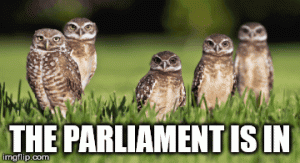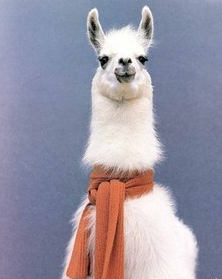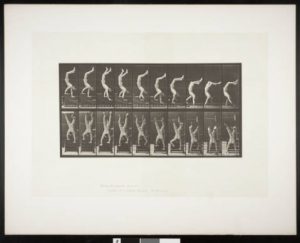This week we looked at the myriad of options concerning data and metadata, where to find it, what to do with it and what it is. I think that the Posner article really set the tone this week for me from doing the reading prior to the class, when he drew an analogy of what you would feel like if someone called your photo album a data set. I though that summarised his article well, illustrating the difference between humanities data and scientific data. Humanities data is most prominently linked intrinsically to people, culture, religion and real lives. This makes context and interpretation even trickier, but more interesting, to deal with, and I think that that was addressed well in acitivites and discussion during the class.
The class really opened up to me how much data there is, not how many records because obviously there’s lots of records of things especially in Western culture, but how many categories of ‘stuff’ is out there. Colonists bank records, water qualities, I even found how a dataset of average fruit intake for an Indigenous Australian primary school student. This class highlighted the importance of digital heritage, in particular in unlocking, fixing, and making sense of historic data to then churn it out in accessible format. What is the point of data otherwise? All of the things we found are super important and interesting to a plethora of people, cultures, organisations and have so many uses whether research, predictive or even personal. As I mentioned before because this is humanities data that stakes are so much higher as they are more actualised in the real world. However there’s no point if data is not in context, can not be categorised, understand or even read properly if there is mistake. The tools we used in the class fixed all these problems, plotly developed visual representations of data to be interacted and understood, openrefine to fix and categorise. Not only did we learn to use these tools, we understood in a broader sense what data is, how it can be used and finally how we can utilised in our own research contexts in cultural heritage.
One thing that I find really interesting was one of the graphs on plotly someone else had made, a pie chart illustrating the most used colours in Van Gogh’s artworks. What a cool use of data as well as graphing to portray something so organically creative and artistic and well non-mathmatical into a tangible piece of data – a good balance between the scientific data and humanities data Posner was discussing.
Here is my graph for male and females in 1901 – silly outlier Adelaide 🙂


